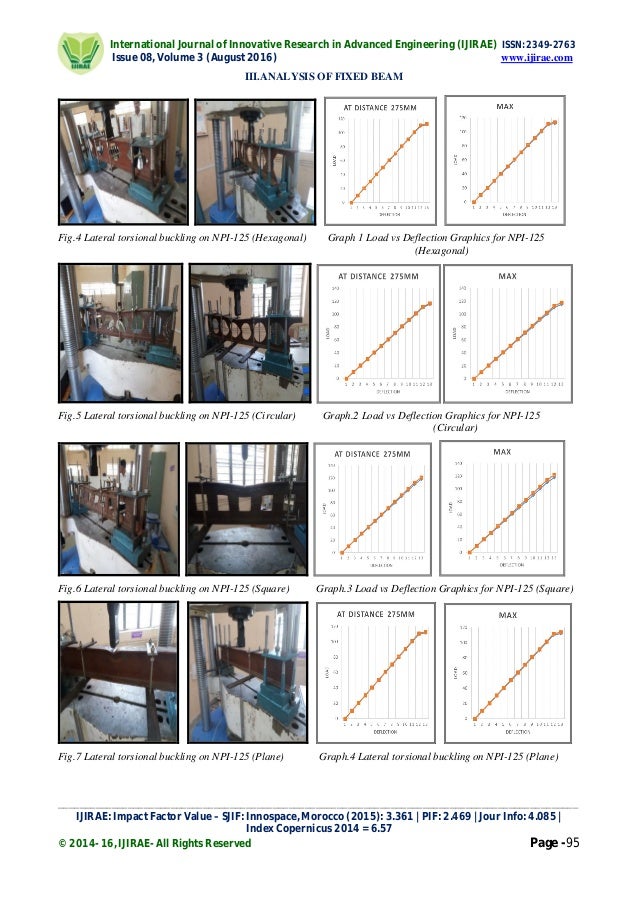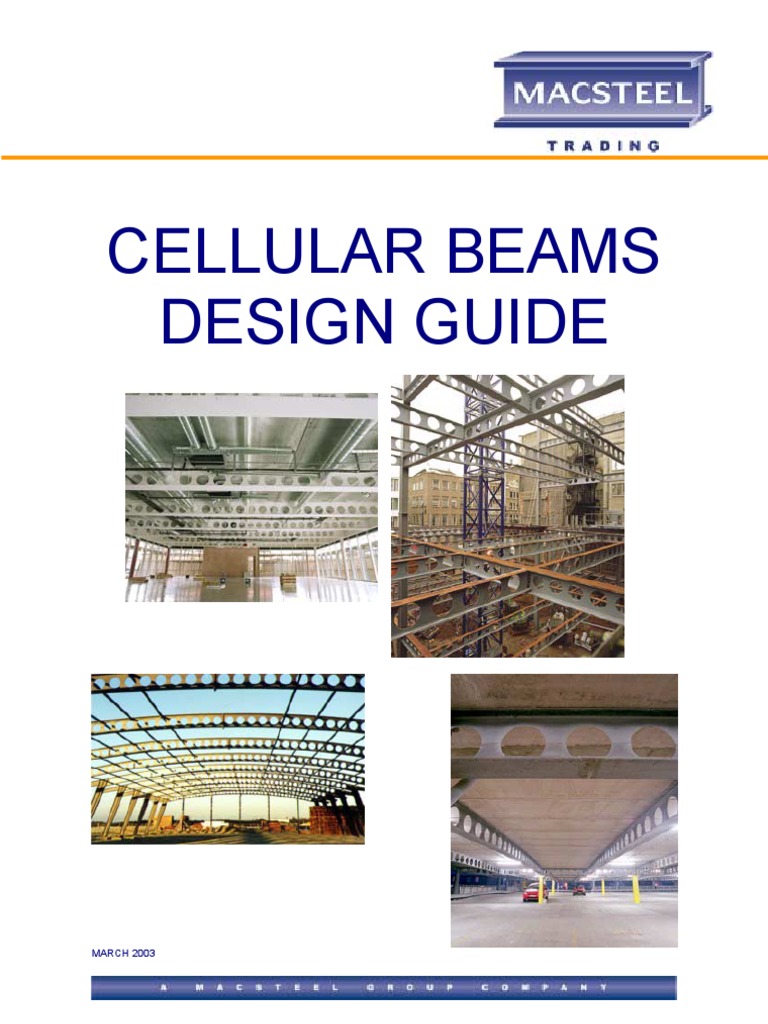Cellular Beam Design Software

Two very good free software for cellular beam design are the following. Youngengineer, I think the procedure to design cellular beams is similar to ordinary beams.

Cellular beams are very useful indeed but they do have some aspects that need careful attention if problems are to be avoided. Firstly they are very efficient as they can be made to suit what combination of shear, moment and deflection you may have. This is because you can vary the section with a great variety of component beams, including the facility to have different sections for the top and bottom and having different heights of cut. Ribbon cutting etc. Can lead to efficient sections of nice round dimensions that you can 'tailor' to suit your need. Their production is automated and quite efficient and does not result in a great deal of waste as some may imagine.
The cutting can be programmed to produce straight beams or cambered or highly arched beams. As for shear; Yes, it is true that the section at a cell will have a reduced share capacity but one usually specifies that these areas of critical shear (at point loads and supports etc) are filled in. This infilling is routine. One may also specify oblong holes for large services like ducts etc. The design of them can be complex so it is only really practical to design them using proprietary software.
Westok supply a good design program that allows manual and automated design and also allows visualisation of the beam profile including the infilling of cells, extended cells and so on. Reinforcement of the holes with plating is also handled. Deflection calculations have to take account of the veerendeel effect and reduced shear depths at cells and the software will also handle this by using a procedure that I have forgotten for the present.
Fabsec Ltd - The software behind the Cellular Beam, Wetherby. Fabsec is the unrivalled market leader in the design, fabrication and supply of. ArcelorMittal Cellular Beams ACB Predesign of Cellular beams with circular openings in cold and fire conditions.
Effects of longitudinal shear are also considered. There are potential difficulties when you have an FE model. Most software suppliers have not provided sections to represent cellular beams or algorithms to deal with them. There are exceptions - memory is hazy here but I think CSC does.
If you need to incorporate the real stiffness of cellular beams in your model, you may need to explore an equivalent section (you can also make conservative simplifications where the result is not sensitive to this). To replicate cellular beam behaviour with greater accuracy becomes problematic and you may need to, in the case of a dynamic analysis for example, model the cellular beams explicitly with plate elements. Max Payne 3 Game Myegy more. I have done this and it can be tedious but is mitigated a little if you have software that allows sub-models - in that case you can make up you cellular beams as submodels and insert them into the main model. For most routine design though, you would not need to go tho this degree of refinement.
Hi guys, I have a bit of an unusual situation. So, in reality I'm designing some stairs in which the flights/landings cantilever off of columns in the central well of the structure.
All sections of the structural members will be hollow section (beams and columns) and the senior engineer doesn't want to use hollo-bolts or anything similar. His suggestion for the connection is illustrated in the picture attached.
My concern is, this thin plate connection would need to resist bending plus torsion, would it be any effective in doing so? Or am I overthinking it? If you have any suggestions on how to design the connection and make sure it works as intended that would also be great! We have finally launched! After two years of intensive work, we are more than happy to announce the initial release of the beta version of Steel suite. Steel suite is a cloud-based platform that offers high-end web applications for the design of steel connections according to the Eurocode. The initial version of the platform offers three applications for the design of fin plate simple joints.
Additionally, an interactive steel sections library is also available. The main advantage of Steel suite is that the calculations are implemented on our servers. This feature assures that the engineer can access and use the applications from any device (PCs, laptops, tablets and mobiles) with an internet connection, regardless its computational power. The applications are developed using state of the art technologies, offering interactive 3D and 2D graphics. Please feel free to create a personal account and test the platform by yourself here: steel.ecwix.com/register You can navigate to our multilingual commercial web page here: www.ecwix.com/en If you find our project interesting keep in touch with us by following our page on LinkedIn: Ecwix Engineering @ LinkedIn • • • • • Cellular beams.